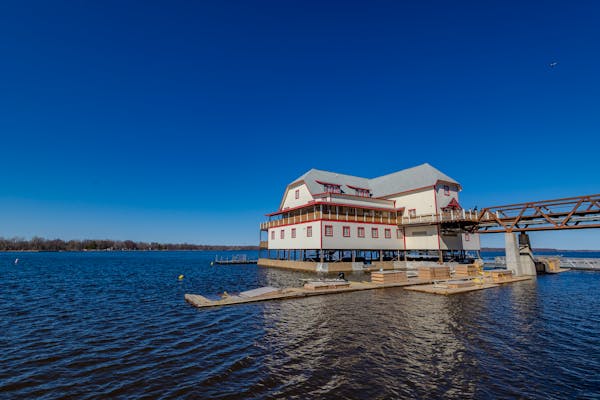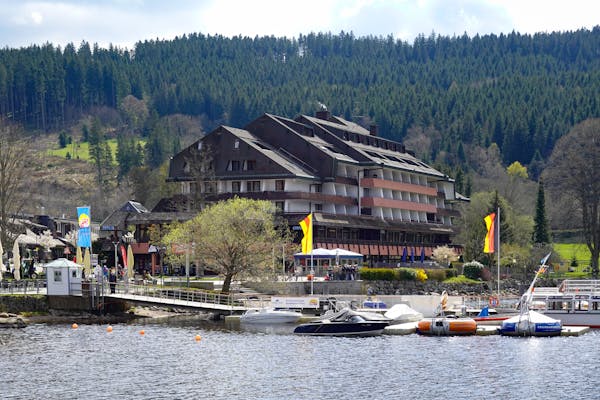
Introduction to Travel Fashion Photography
Ever scrolled through Instagram and thought, “How do they make it look so effortless?” That perfect blend of style, backdrop, lighting, and pose isn’t just luck—it’s strategy. Travel fashion photography is about combining the soul of wanderlust with the flair of fashion. Whether you’re an influencer, a style lover, or someone documenting their travels, this guide will walk you through how to strike a pose and make your travel fashion pop.
Why Style and Scenery Must Align
You can wear a designer outfit, but if it clashes with the scenery, the magic is lost. Imagine a boho dress in Times Square or edgy streetwear on a Tuscan vineyard—it just feels off. The secret? Match your fashion with the destination’s vibe. Think earthy tones for desert landscapes, bright pops of color for tropical getaways, and sleek neutrals for cityscapes.
Essential Gear for Stunning Shots
Camera vs. Smartphone
Don’t worry, you don’t need a DSLR to start. Modern smartphones like the iPhone 15 Pro or Samsung Galaxy S24 are powerhouses. That said, DSLRs or mirrorless cameras give you more control over aperture, focus, and lighting. If you’re going professional, opt for the camera. But for casual, spontaneous shots? Smartphones win on portability.
Must-Have Accessories
- A portable tripod with a Bluetooth remote
- Reflectors to manage natural light
- Extra batteries and memory cards
- Lens cleaning kit (dust happens)
- Lightweight ring light for evening shots
Location Scouting for Maximum Visual Impact
Urban Landscapes
Cities offer texture—graffiti walls, chic cafés, industrial backdrops. Scout Instagrammable alleys or rooftop bars with skyline views. Use platforms like Google Maps and Pinterest to plan ahead.
Natural Wonders
Nature provides natural framing: archways in canyons, symmetrical trees, or even a dramatic cliff edge. Consider safety, but don’t be afraid to hike a bit for that jaw-dropping shot.
Planning Your Outfits for the Camera
Colors That Pop on Camera
Bold primary colors (red, yellow, royal blue) usually stand out against both urban and natural backgrounds. Avoid colors that blend into your environment—green in a forest, beige in the desert.
Avoiding Patterns That Distract
Fine patterns like tight stripes or dots can create a moiré effect on camera. Instead, go for clean lines or large prints. Texture (like linen or leather) adds depth without cluttering the frame.
Posing Techniques That Look Effortless
The Power of Movement
Flowing skirts in the wind, a mid-walk shot, or a twirl can turn a static photo into a story. Movement adds life and authenticity. It says, “I’m living in this moment” rather than “I’m posing for a picture.”
Understanding Body Angles
Turn your body slightly away from the camera and shift your weight to one leg for a slimming effect. Chin slightly down, eyes toward the lens—or even off to the distance for that dreamy traveler look.

Playing with Light and Shadows
Golden Hour Magic
Golden hour—shortly after sunrise or before sunset—is your best friend. The warm glow flatters the skin and softens harsh shadows. Bonus: it makes everything look romantic and cinematic.
Avoiding Overexposure
Midday sun can wash out colors and cast harsh shadows. If you must shoot at noon, find open shade or use a reflector to balance the light. You’ll retain color richness and facial detail.
Framing and Composition Basics
Rule of Thirds
Imagine your frame split into 9 equal boxes. Place key elements (like your face or outfit details) at the intersections of those lines. It draws the viewer’s eye more naturally.
Negative Space is Your Friend
Don’t crowd the frame. Leaving space around you can highlight the setting, emphasize your outfit, and add breathing room. Think: one-third subject, two-thirds landscape.
Working With Photographers and Friends
Setting Expectations
Whether you’re hiring a professional or asking a friend, clarify your vision. Share inspiration photos. Talk about angles you like (and those you don’t). It saves time and awkwardness.
Giving and Receiving Direction
Be open to suggestions but confident in your look. A good shoot is a collaboration. Don’t be shy to say, “Can we try that again?” or “Let’s do one more from this side.”
Editing for Aesthetic Consistency
Choosing the Right Filter Styles
Choose a color palette and stick with it. Moody and cool? Warm and vintage? Apps like Lightroom and VSCO help maintain consistency across your feed.
Keeping Edits Natural
Over-editing can make skin look plastic and colors unnatural. Slight contrast boosts, sharpening, and color grading are fine. But keep your uniqueness—flaws and all. That’s what makes the image human.
Social Media Ready: Sharing Your Shots
Hashtag Strategy for Fashion Travelers
Don’t just tag #travel or #fashion. Go niche:
- #WanderInStyle
- #StreetStyleAbroad
- #ChicExplorer
- #OOTDTravel
- #FashionPassport
These help you connect with a more targeted audience.
Building a Travel Fashion Portfolio
Save your best shots for your personal website or blog. Use categories like “Beach Looks,” “City Chic,” or “Wilderness Glam.” Not only does this make you look pro—it’s a digital resume for collabs and brand deals.
Conclusion
Travel fashion photography isn’t just about snapping pretty pictures—it’s storytelling. It’s about expressing who you are, where you are, and how those two elements blend. With the right planning, a creative eye, and a little boldness, you can create images that inspire, resonate, and maybe even go viral. So next time you’re on the road, don’t just take a photo—strike a pose and own the moment.
FAQs
1. What’s the best time of day for travel fashion photography?
The golden hour—just after sunrise or just before sunset—offers the most flattering light for skin tones and scenery.
2. Can I still get great shots with just a smartphone?
Absolutely. Modern smartphones have incredible cameras. Use natural light and pay attention to framing for professional-looking results.
3. How do I make my travel photos stand out on Instagram?
Use niche hashtags, maintain a consistent editing style, and pair your images with engaging captions or storytelling.
4. What if I don’t feel confident in front of the camera?
Start with candid poses and movement. Practice in front of a mirror to learn your angles—it gets easier with time!
5. Do I need a professional photographer to get good results?
Not necessarily. A friend with a good eye or a tripod and self-timer can go a long way. Clear communication and preparation are key.


